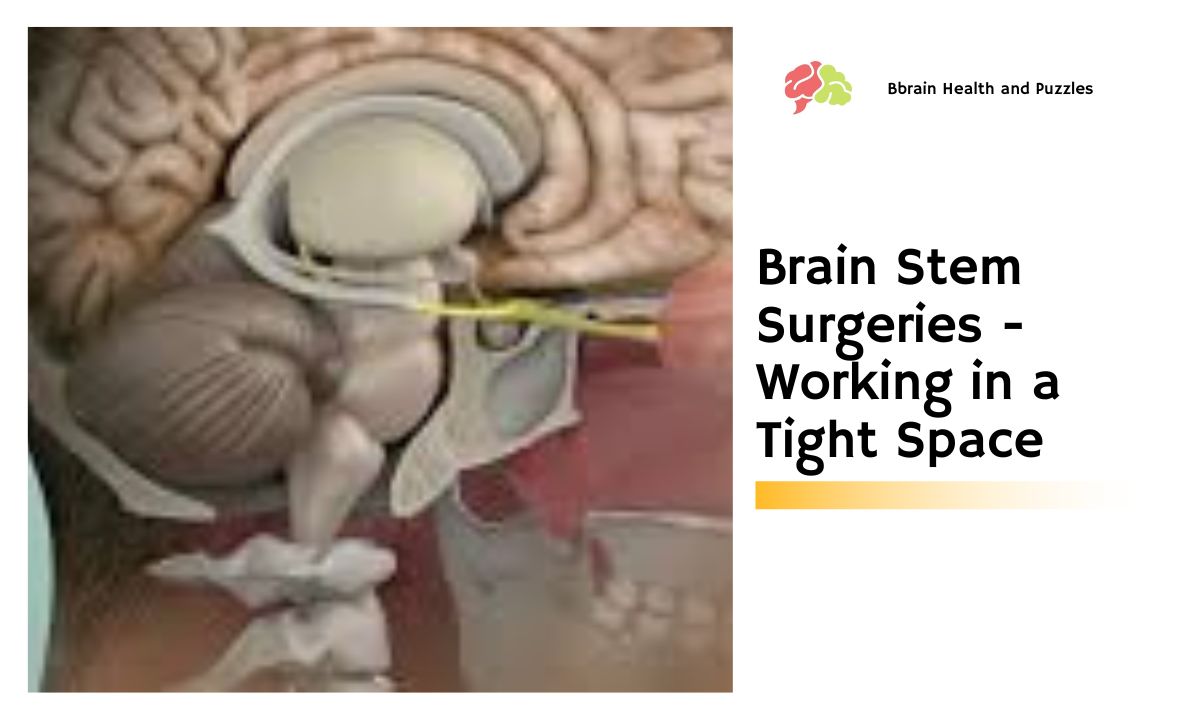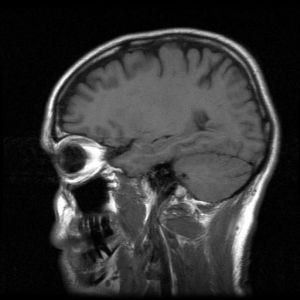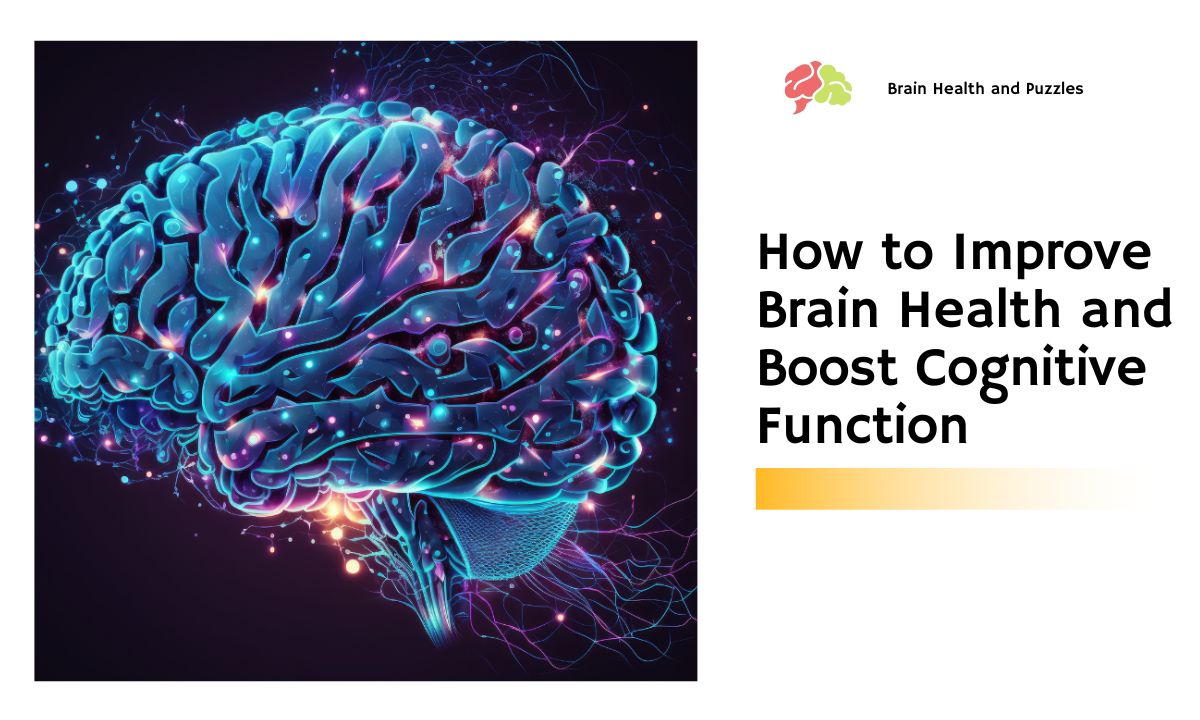Brain Stem Surgeries – Working in a Tight Space

The brain stem, just as any other part of the brain, is such a crucial piece of your body. There are so many essential bodily functions controlled in the brain stem. This region is situated between the cerebrum above and the spinal cord below.
It houses three important parts of the brain, the midbrain, pons, and medulla oblongata. It also is the communication center for signals passing through the brain to the rest of the body. Because of this surgery in this area is especially tough. Here’s why…
What The Brain Stem Controls
It is not only the relay station for signals to pass from the brain to the body and vice versa but controls the following bodily functions:
- Respiration
- Blood Pressure
- Heart Rate
- Digestion
- Arousal and Alertness
- It is the origin of many cranial nerves which control taste, facial movements, eye movements, swallowing, and bowel movements.
Reasons For Brain Stem Surgeries
The most common reasons for brain stem surgeries are:
- Hemorrhage
- Basilar artery aneurysm
- Arteriovenous malformation
- Glioma
- Cavernous angioma
- Acoustic neuroma
- Pilocytic astrocytoma
A Delicate Maneuver
 As you can imagine, brain stem surgeries are very delicate operations that require a very skilled team of doctors and nurses. That’s because the brain stem is one of the toughest structures to approach surgically since it’s so deeply situated and is enclosed by, the cerebrum on both sides, the cerebellum behind, and the throat in front.
As you can imagine, brain stem surgeries are very delicate operations that require a very skilled team of doctors and nurses. That’s because the brain stem is one of the toughest structures to approach surgically since it’s so deeply situated and is enclosed by, the cerebrum on both sides, the cerebellum behind, and the throat in front.
Nevertheless, neurosurgeons have developed many ‘routes’ to approach the brain stem, each having its own advantages and disadvantages. Different neurosurgeons access brain stem in various ways for treating similar problems depending upon their expertise, preference, selective training, the incidence of severe side effects, and success rates. These approaches are:
- Subtemporal approach
- Far lateral approach
- Combined supra and infratentorial approach
- Anterolateral approach
- Transpetrosal approach
- Intradural personal or subtemporal approach
- Transfrontal approach
- Transcerebellar approach
What to Expect from Brain Stem Surgery
If the brain stem is approached from behind the ear, there could be permanent hearing loss in that ear. Similarly, the patient may be left with one-sided weakness in his upper and lower limbs. The facial nerve or other cranial nerves may also be affected, leading to problems like inadequate facial and eye movements, difficulty in eating and drinking, the tendency to breath-in food and drink, etc.
The patient is often connected to a heart and lung machine and undergoes surgery in a hypothermic state. After recovering from surgery, he/she has to be in ICU with ventilator support electively.
The patient subsequently must complete occupational, physical, and speech therapy to regain the full use of his/her body. Recurrent headaches related to the healing processes of the brain may follow surgery.



